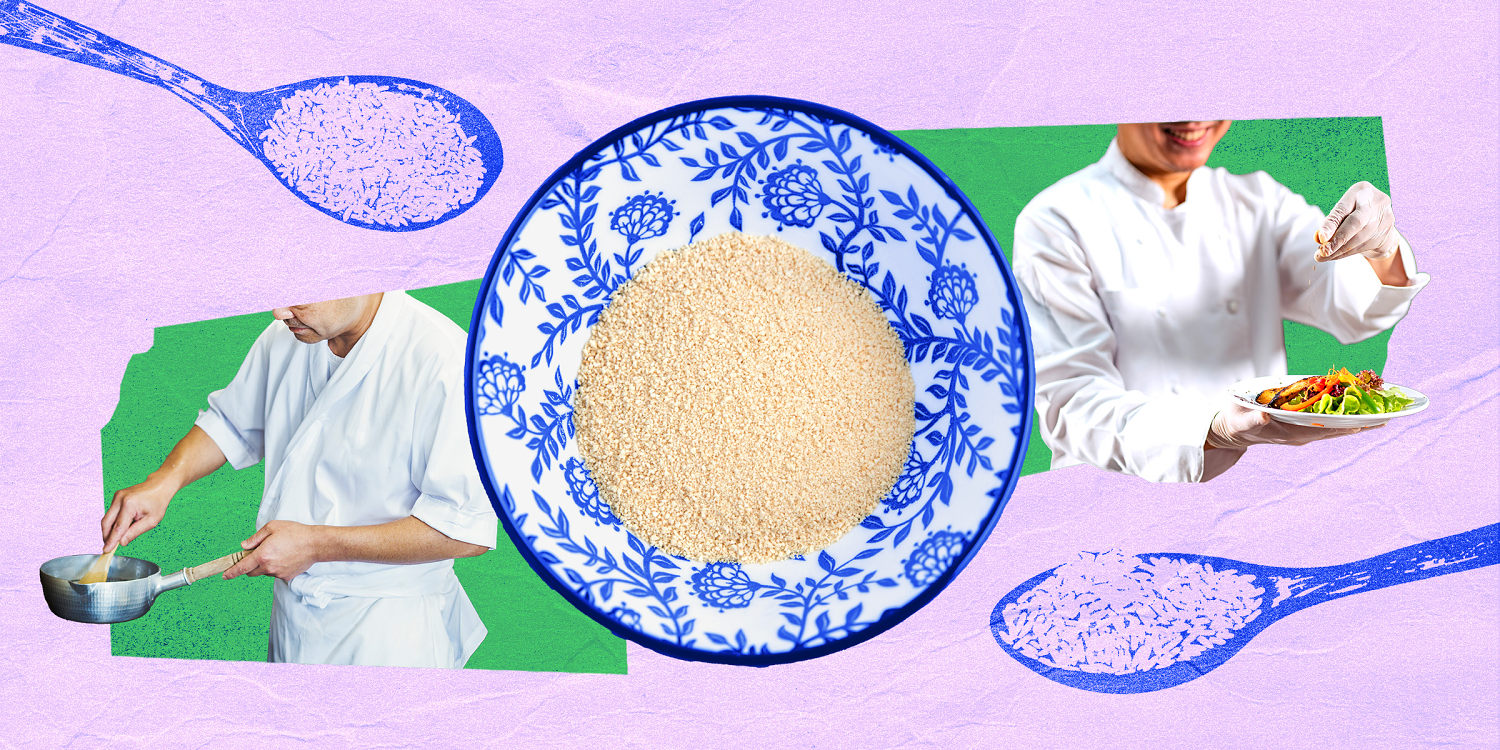Chinese restaurants are my family’s thing. It’s a very common immigrant story; it was the starter kit for Ronald Reagan’s American dream. Though it’s long gone, I can remember my family’s second restaurant near perfectly: two guardian lion statues with obvious signs of weathering flanked the door, there was a green makeshift cabinet for the valet’s car keys propped against the one on the right, and a small patch of flowers adorned their feet.
The flowers could have used more love. They were perhaps symbolic of the push and pull between my parents, one invested in design touches, the other spartan with the finances. Shining blue fluorescence over all this frontage was a big neon sign: “We Do Not Use MSG.

” The felt rather fervent in the ’90s, and I had a front row seat as I played with action figures at the bar. Long Islanders wanted assurance from my mother that we didn’t have MSG in the building. It would make them feel terrible later, they said.
Headache, tachycardia, sweating, bloating, fatigue, diarrhea: a dismal grocery list of possible side effects. Most of the time it was an awkward, polite interaction. Sometimes, it turned hostile.
Given how many polysyllabic additives existed on the back of a box of cereal, I had a hard time believing monosodium glutamate was any more lethal than any branded-mascot kibble we ate. And science proved my hypothesis correct: There is no verifiable, peer-reviewed, reproducible research that can link MSG to the amorphous.























